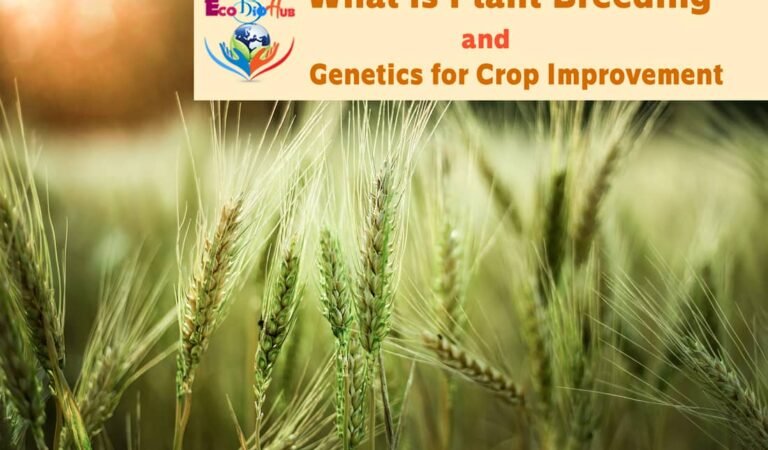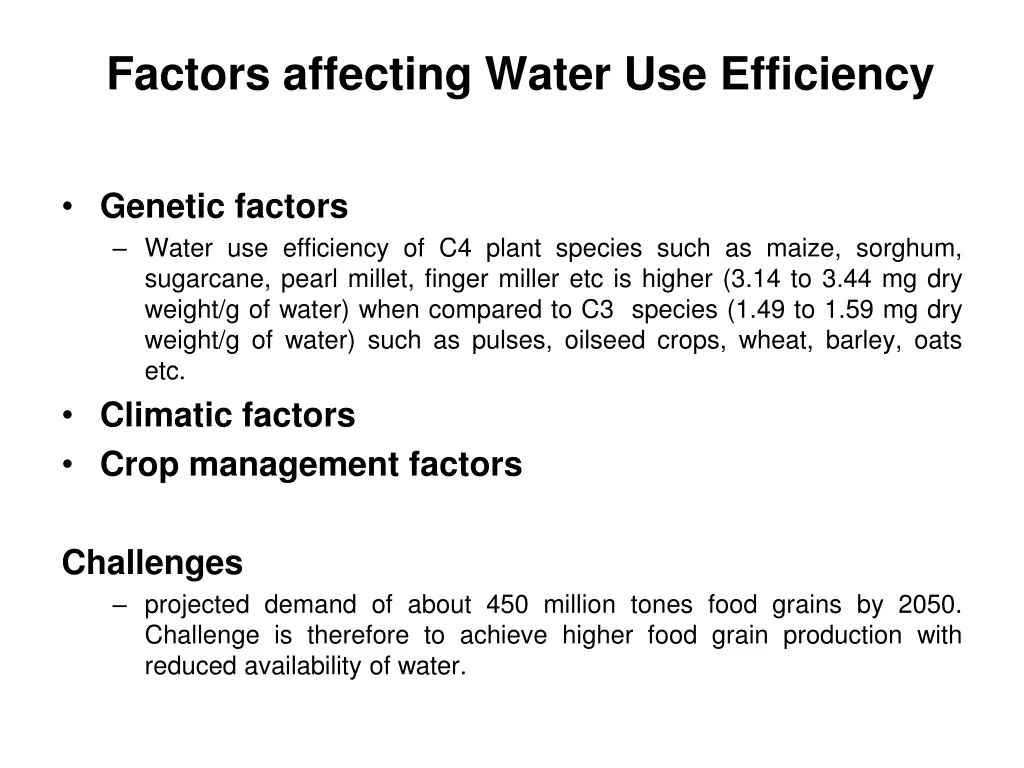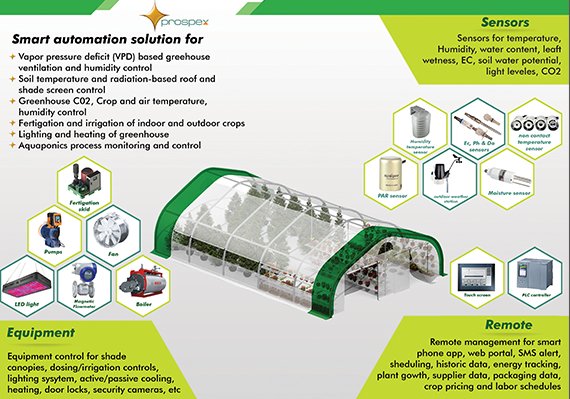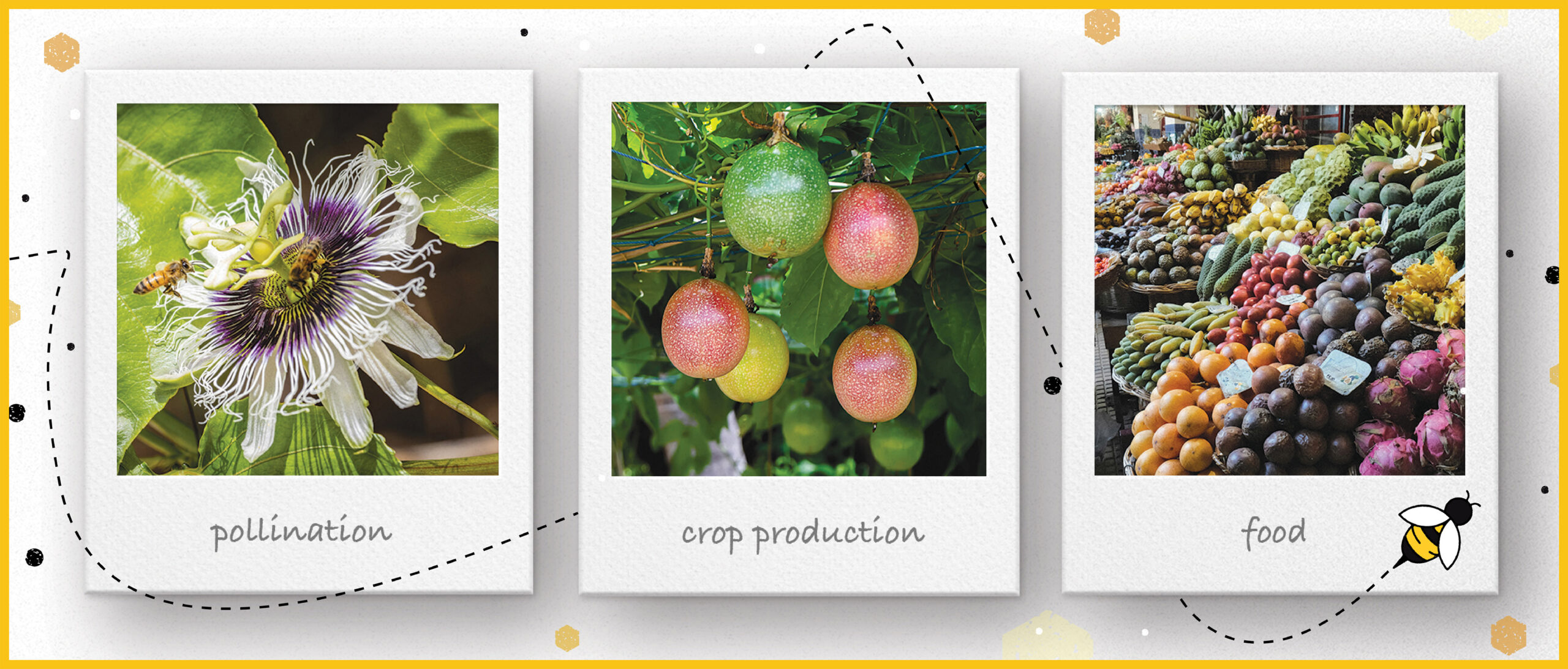
Plants, the silent architects of our world, have always held a captivating allure. From the vibrant hues of a summer meadow to the life-sustaining crops that feed billions, their diversity and resilience are nothing short of miraculous. But have you ever wondered what lies beneath the surface, the hidden code that dictates a plant’s every characteristic? This is where the fascinating world of plant genetics and breeding comes into play. This comprehensive guide will delve deep into the intricacies of plant genetics and breeding, exploring the fundamental principles, the innovative techniques, and the profound impact these fields have on our world.
The Building Blocks: Understanding Plant Genetics
At the heart of every plant, just like every other living organism, lies a blueprint – its genetic makeup. This blueprint is encoded in DNA (deoxyribonucleic acid), a molecule that contains the instructions for building and operating a plant. These instructions are organized into units called genes, which determine specific traits, from the color of a flower to the plant’s resistance to disease.
DNA: The Plant’s Instruction Manual
Imagine DNA as a complex instruction manual, filled with detailed information. This manual is composed of four fundamental building blocks called nucleotides: adenine (A), guanine (G), cytosine (C), and thymine (T). These nucleotides pair up in a specific way (A with T, and C with G), forming the iconic double helix structure of DNA. The sequence of these nucleotides along the DNA molecule determines the genetic code, dictating which proteins are produced and, ultimately, the traits of the plant.
Genes: Units of Heredity
Within the DNA, genes are the functional units of heredity. Each gene carries the instructions for a specific trait. For instance, one gene might determine the height of a plant, while another might control the shape of its leaves. Genes come in different versions, called alleles. These alleles account for the variation we see in plants. For example, a plant might have two alleles for flower color: one for red and one for white. The combination of these alleles determines the plant’s flower color.
Chromosomes: Packaging the Genetic Information
DNA is not a single, long strand; instead, it is organized into structures called chromosomes. Chromosomes are like tightly packed packages of DNA, containing numerous genes. Plants have different numbers of chromosomes depending on their species. For instance, a common garden pea has 14 chromosomes, while a human has 46. During cell division, chromosomes ensure that the genetic information is accurately copied and passed on to the next generation.
The Mechanisms of Inheritance
Understanding how traits are passed down from one generation to the next is crucial to plant breeding. This involves understanding the principles of inheritance, as described by Gregor Mendel, the father of modern genetics.
Mendel’s Laws: The Foundation of Genetics
Gregor Mendel, through his meticulous experiments with pea plants in the 19th century, laid the foundation for our understanding of inheritance. He formulated two fundamental laws:
- The Law of Segregation: During the formation of reproductive cells (gametes), the two alleles for a gene separate, so each gamete receives only one allele.
- The Law of Independent Assortment: Alleles for different genes are inherited independently of each other, meaning the inheritance of one trait does not influence the inheritance of another.
These laws explain how traits are passed down and how variations arise in offspring.
Genotype vs. Phenotype
It’s important to distinguish between a plant’s genotype and its phenotype. The genotype refers to the genetic makeup of the plant – the specific alleles it possesses for a particular trait. The phenotype, on the other hand, refers to the observable characteristics of the plant, such as its height, flower color, or disease resistance. The phenotype is the result of the interaction between the genotype and the environment. For example, a plant might have the genotype for tallness, but if it doesn’t receive enough water or nutrients, it might not grow as tall as it could.
Dominance and Recessiveness
Alleles can exhibit different patterns of dominance. A dominant allele masks the effect of a recessive allele when both are present. For example, if a plant has one allele for red flowers (dominant) and one allele for white flowers (recessive), the plant will have red flowers. The recessive allele is only expressed when two copies of the recessive allele are present.
Breeding for a Better Future: The Art and Science of Plant Breeding
Plant breeding is the art and science of improving the genetic makeup of plants to create desirable traits. It’s a crucial field, as it helps us develop crops that are more productive, nutritious, resistant to diseases and pests, and adaptable to changing environments. Plant breeding is a dynamic field, constantly evolving with new technologies and approaches.
Traditional Plant Breeding Methods
Traditional plant breeding methods have been used for centuries and still play a vital role in modern agriculture.
- Selection: This is the oldest and simplest method, where plants with desirable traits are selected and their seeds are saved for the next generation. Over time, this can lead to the improvement of a population for the desired traits.
- Hybridization: This involves crossing two different plants to combine their desirable traits in the offspring. Hybridization can introduce new variations and create plants with superior characteristics.
- Backcrossing: This involves repeatedly crossing a hybrid plant with one of its parents to recover the desirable traits of the parent while introducing new traits from the other parent.
Modern Plant Breeding Techniques
Modern plant breeding techniques have revolutionized the field, allowing breeders to accelerate the process and achieve more precise results.
- Marker-Assisted Selection (MAS): This technique uses molecular markers (specific DNA sequences) to identify genes associated with desirable traits. Breeders can then select plants based on the presence of these markers, even before the plants express the traits.
- Genetic Engineering (GMOs): This involves directly modifying the genetic makeup of a plant by introducing genes from other organisms. This can be used to create plants with traits like herbicide resistance, insect resistance, or enhanced nutritional value.
- Genome Editing: This is a more precise form of genetic engineering that allows breeders to make specific changes to a plant’s own genes. Techniques like CRISPR-Cas9 have revolutionized genome editing, making it easier and more efficient.
The Impact of Plant Genetics and Breeding
The advancements in plant genetics and breeding have had a profound impact on various aspects of our lives, from food security to environmental sustainability.
Improving Crop Yield and Quality
Plant breeding has been instrumental in increasing crop yields and improving the quality of our food. Breeders have developed crops that produce more food per acre, have higher nutritional value, and are more resistant to pests and diseases. This has helped to feed a growing global population and reduce the risk of malnutrition.
Enhancing Nutritional Value
Plant breeding is also used to enhance the nutritional value of crops. For example, “Golden Rice” was developed through genetic engineering to produce beta-carotene, a precursor to vitamin A, in the rice grains. This helps to combat vitamin A deficiency, which is a major public health problem in many developing countries.
Developing Disease-Resistant Crops
Plant diseases can cause significant crop losses, leading to economic hardship and food shortages. Plant breeding plays a critical role in developing disease-resistant crops that can withstand these threats. This reduces the need for pesticides and helps to ensure a stable food supply.
Adapting to Climate Change
Climate change poses a significant challenge to agriculture, as it can lead to changes in temperature, rainfall patterns, and the frequency of extreme weather events. Plant breeding is essential for developing crops that can adapt to these changing conditions. This includes developing crops that are drought-tolerant, heat-tolerant, and can withstand the effects of rising sea levels.
Sustainable Agriculture
Plant breeding contributes to sustainable agriculture by developing crops that require fewer inputs, such as water, fertilizers, and pesticides. This reduces the environmental impact of agriculture and helps to conserve natural resources.
Challenges and Future Directions
While plant genetics and breeding have made remarkable progress, there are still challenges to overcome and exciting opportunities for the future.
Addressing Food Security
Feeding a growing global population while dealing with climate change and other environmental challenges requires continued innovation in plant breeding. Developing crops that are more productive, nutritious, and resilient is crucial for ensuring food security.
Improving Crop Resilience
Climate change is increasing the frequency and severity of extreme weather events, such as droughts, floods, and heat waves. Plant breeders are working to develop crops that can withstand these challenges and maintain yields under stressful conditions.
Harnessing the Power of Genomics
The field of genomics, the study of an organism’s entire genome, is providing new tools and insights for plant breeding. By understanding the genetic basis of complex traits, breeders can develop more effective strategies for improving crops. The application of artificial intelligence and machine learning in analyzing large genomic datasets holds immense potential for accelerating the breeding process.
Ethical Considerations
The use of genetic engineering and other advanced breeding techniques raises ethical considerations. It’s important to ensure that these technologies are used responsibly and that their potential risks are carefully assessed. Public engagement and transparent communication are crucial for building trust and ensuring that these technologies are used for the benefit of all.
Conclusion
Plant genetics and breeding are vital fields that hold the key to a sustainable and food-secure future. By understanding the genetic makeup of plants and using innovative breeding techniques, we can develop crops that are more productive, nutritious, resilient, and adaptable to changing environments. As we continue to unravel the secrets of the plant genome, we can expect even more remarkable advancements in the years to come, ensuring that we can feed the world and protect our planet for generations to come. The journey into the world of plant genetics and breeding is a testament to human ingenuity and our unwavering commitment to understanding and harnessing the power of nature. It’s a field of continuous discovery, offering a blend of scientific rigor and the art of observation, all aimed at shaping a better future, one plant at a time.


